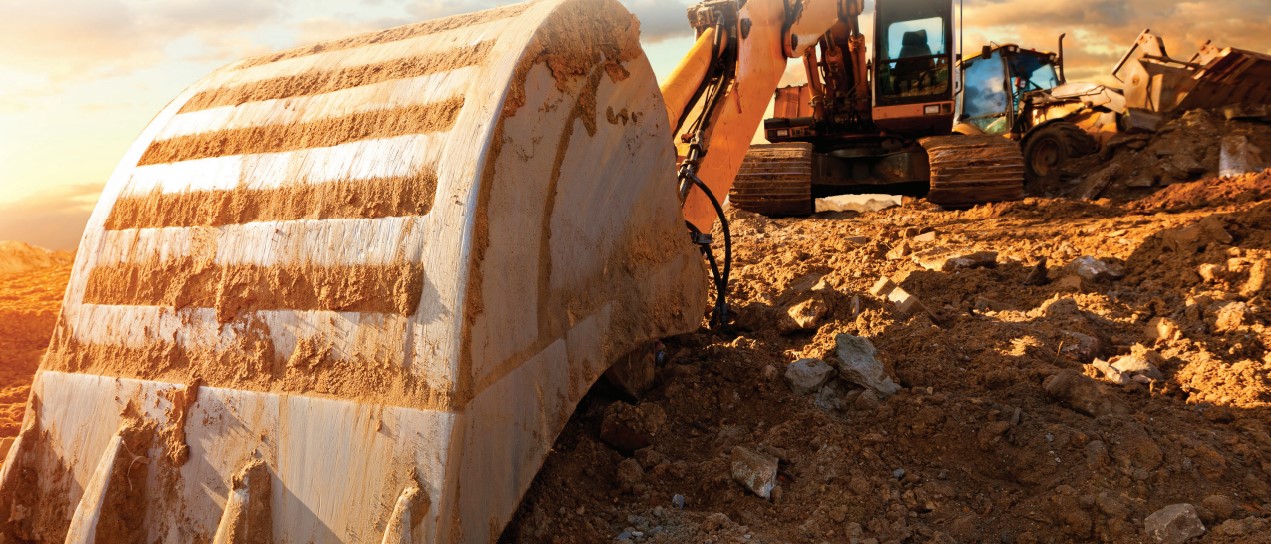April 2022 – Risk Management – Don’t Let a Subcontractor Derail Your Safety Efforts

ONE OF the biggest challenges construction businesses face is preventing subcontractors’ and suppliers’ poor or non-existent safety practices from denting their own safety program.
While you may consider a number of factors when vetting a new subcontractor or vendor, one area that is often overlooked is their workplace safety practices.
This mistake can cost you dearly if one of their workers causes an incident at your worksite. In addition to an injury to one of your own employees, you could get a visit from an Occupational Safety and Health Administration inspector.
The National Safety Council’s Campbell Institute recently conducted a study of organizations with excellent safety records to identify the best practices for subcontractor and vendor safety.
As part of the study it identified five steps during a contractor or vendor relationship when it’s incumbent on a hiring company to evaluate the workplace safety habits of their business partners.
Prequalification
The institute recommends looking at more than just a company’s experience modifi cation rate. It says safety-minded fi rms assess subcontractors in multiple areas, such as their total recordable incident rate, fatality rate, days away from work for injured workers, restricted or transferred rate, and other OSHA recordables for the last three years.
Many firms also ask for environmental reports, written safety programs, permits, licenses, and continuous improvement programs.
Pre-job task and risk assessment
Before a subcontractor begins work, institute members recommend having a method for evaluating the risk of the work that is to be performed. Doing this can help you understand the scope of the work and give you a chance to put into place a new written safety program if the risk is deemed high.
Most importantly, subcontractors should be required to adhere to the same safety standards as your company.
Training and orientation
You should require safety orientation and skills training for subcontractors before they step onto your jobsite. Also, if they are doing highly specifi c work, you should ensure they have any required permits or special training. Some of the jobs that fit into that category are confi ned-space entry, electrical work, hot work, energy control, forklifts, and elevated work.
Job monitoring
Many safety-minded companies monitor work with daily checklists, pre-shift tailgate or safety meetings and weekly walkthrough inspections. Some of the companies surveyed for the study also require contract employees to submit a certain amount of safety observations and utilize mobile applications to report non-compliance or unsafe conditions. Also, you need to keep up-to-date incident logs, as this is crucial to monitoring subcontractor safety during a project.
Post-job evaluation
Conduct a post-job evaluation. During this phase look at safety, customer service and the quality of the fi nished work, and use those factors in determining the subcontractor’s eligibility for future contracts.

